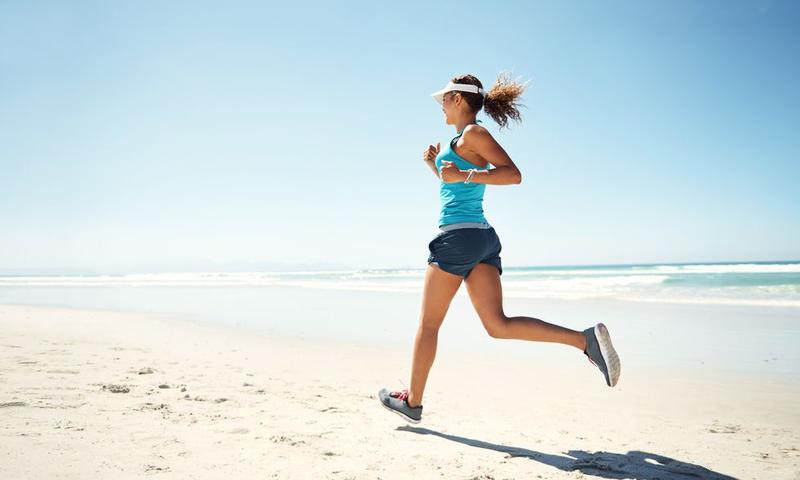With more than 7,000 km of coastline, the world has many beaches where it can practice physical activity for those who like to exercise outdoors. Running in the sand can be a good way to vary your exercise and still bring some benefits to your body.
The most recommended is running on the sand closest to the water strip. On firmer sand, when compared to hard ground, there is a 30% to 40% reduction in impact, up to 10% higher energy expenditure. According to some studies, greater elevation in heart rate decreased the risk of muscle damage and the inflammatory process tendon and articulation.
To benefit from running on the sand, the ideal is to be already used to this type of exercise and weight the range of the BMI (Body Mass Index) considered normal. The ideal is to have a minimum of physical conditioning and not be overweight or obese. Although the impact reduces, the overload on the cardiovascular system is greater, and, in these cases, one should not run.
Although many people like to run barefoot on the beach, Pereira does not recommend leaving your shoes at home for this practice. “The idea is to wear appropriate shoes for the situation. Sneakers for running on the sand need to be light, have good ventilation, and, above all, good water repellency so as
Care For Running In The Rain
Those who run in the street are subject to weather conditions. As bad weather can happen in any race, the idea is to get used to training even when the weather is not so good. If you are healthy and with good immunity, you can train in the rain as long as you take care.
Look Where You Step
It is essential to pay special attention to where you step when going out on a wet floor because it can be more slippery. On the streets, pedestrian crossings or other signs painted on the asphalt tend to be smoother, so it is good to avoid them. It is also not advisable to step directly into puddles of water as they can hide holes.
To ensure more safety, wear sneakers with a more grooved sole. Thus, friction is greater, and you reduce the chance of slipping.
Dress Appropriately
Clothes made of synthetic fabrics, such as polyamide or polyester, are more suitable than cotton because they are not soaked. A water-resistant windbreak can be a good option to protect yourself even more. Completely waterproof clothing is not the idea because it can retain a lot of sweat and have the opposite result.
Water in shoes can cause blisters. Before putting them on, protect your feet with petroleum jelly or an anti-friction ointment and avoid wearing cotton socks, which retain too much water. A hat or a visor are great allies on rainy days to prevent water from falling directly into your eyes.
After The Training
The sooner you get out of wet clothes, the better. The ideal is to take a hot bath as soon as you finish your workout, as cold and wet can lower immunity.
Put your sneakers to dry in the shade. To speed up the process, you can place a cloth or pieces of newspaper inside the shoe to absorb moisture. Not to get heavy if it gets wet and cause even greater overload for the lower limbs of the runner.

